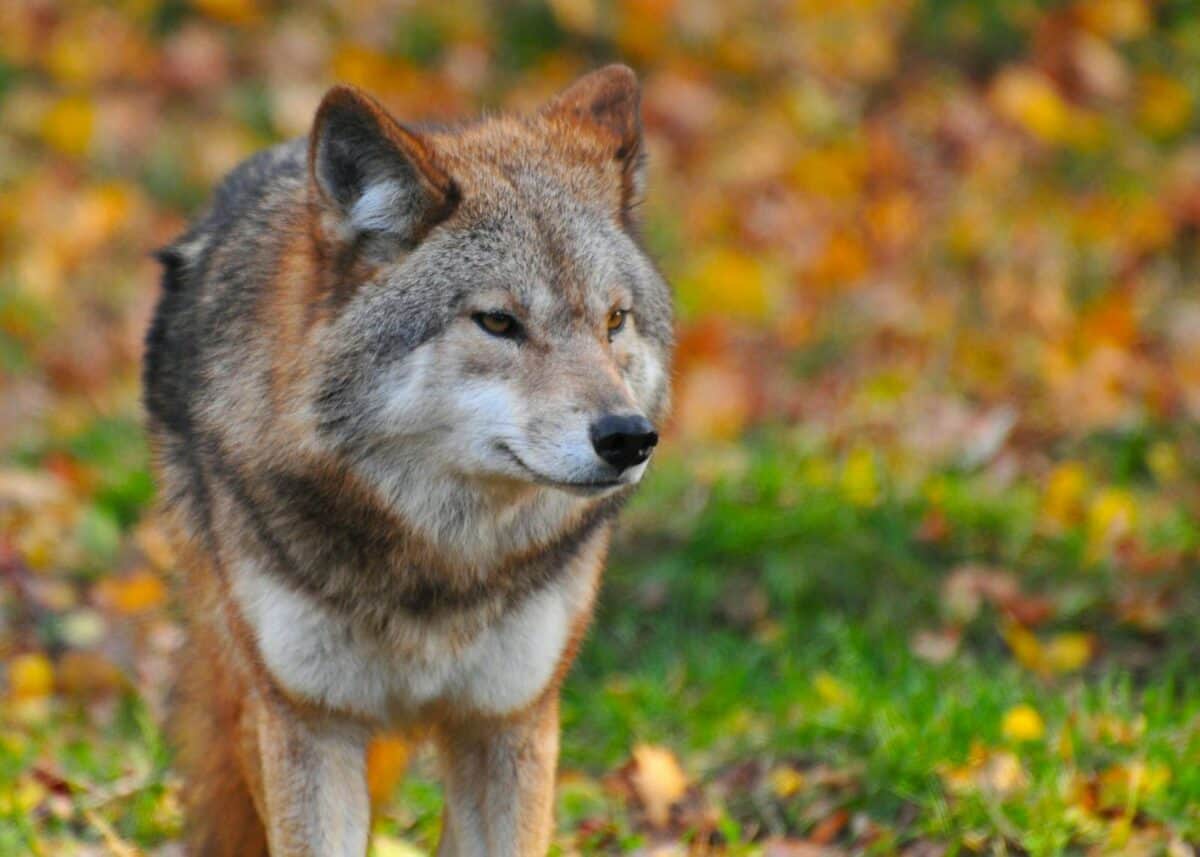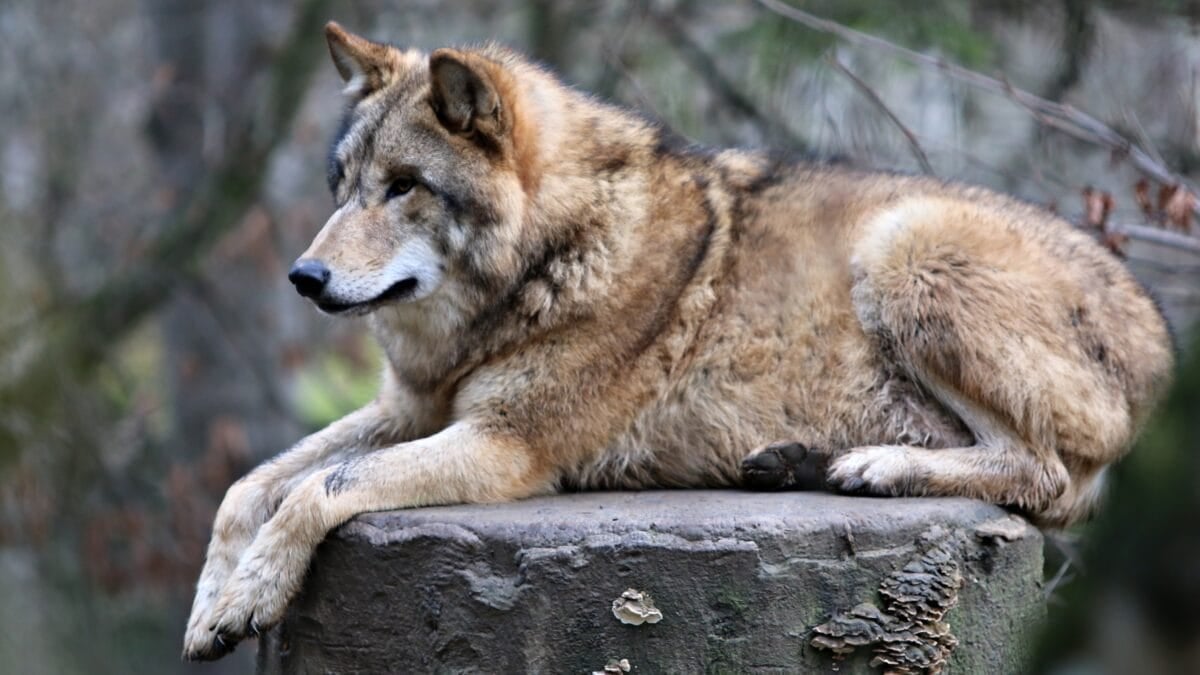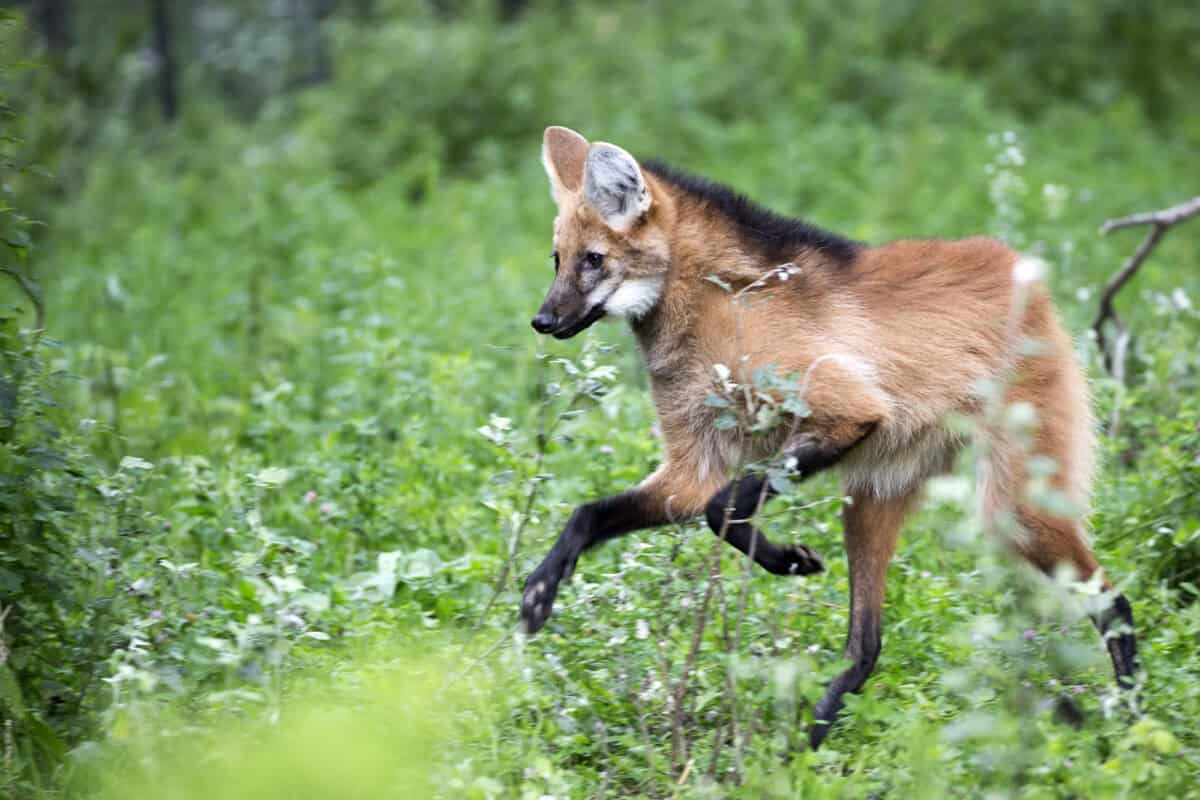Wolves have long been a symbol of wilderness, carrying both an air of mystery and a touch of untamed beauty. Once roaming freely across the continent, their numbers dwindled dramatically due to habitat loss and human conflict. However, recent conservation efforts have seen a resurgence in wolf populations across several U.S. states. This article explores the fascinating return of wolves and highlights the states where they are once again finding a foothold in the diverse American landscape.
Idaho A Wolf Stronghold

Idaho has become a critical habitat for gray wolves, especially within the wilderness areas of central Idaho and the expansive Frank Church–River of No Return Wilderness. These vast swathes of untouched land provide the perfect environment for wolves, allowing them to establish and grow their packs. Idaho’s wildlife management supports these predators while balancing the interests of local ranchers and communities.
Wyoming Wolves in the Wild West

Home to the iconic Yellowstone National Park, Wyoming plays a vital role in the wolf recovery story. Since their reintroduction to Yellowstone in the mid-1990s, wolves have thrived within the park’s ecosystem. They have helped restore balance by controlling elk populations, showcasing the important role apex predators play in the environment.
Montana A Bridge for Biodiversity

Montana’s diverse terrain serves as an important corridor for wolves migrating between Canada and the contiguous United States. With a combination of forested areas and open plains, Montana provides varied habitats that support growing wolf populations, which are monitored and studied to promote ecological balance and biodiversity.
Washington Building a Balanced Ecosystem

Wolves in Washington are making a significant comeback, particularly in the northeastern and eastern parts of the state. Here, recovery efforts focus on rebuilding wolf populations while minimizing conflicts with humans. The state’s comprehensive wildlife plans emphasize coexistence and education, striving to integrate wolves sustainably back into the local fauna.
Oregon Preservation and Progress

Oregon has seen a resurgence of its wolf populations over the last two decades, especially in the eastern regions and Cascade Mountains. Conservation programs are dedicated to monitoring pack sizes and movements, which helps mitigate any potential issues with livestock. These efforts aim to foster healthy wolf populations alongside thriving agricultural practices.
California: A New Frontier

Once nearly wiped out in the state, California’s wolves are slowly reclaiming their territory. The OR-7 wolf, famously known as the “Lone Wolf of Oregon,” sparked interest and hope when it entered California in 2011. Since then, signs of established packs have returned, offering a new frontier for their recovery story amid the state’s robust ecosystems.
Arizona Mexican Gray Wolf Recovery

Arizona is home to the endangered Mexican gray wolf. Efforts in the southeastern regions have aimed to bolster their numbers through captive-breeding programs and careful release into the wild. These wolves face unique challenges, and the continued support from wildlife agencies is crucial in ensuring their survival and reintroduction into the southwestern landscapes.
New Mexico Renewed Hope for Cross-Border Wolves

In New Mexico, the focus is on the Mexican gray wolf, much like in Arizona. Collaborative efforts with local communities and federal agencies are crucial to maintaining and growing wolf populations in a landscape where these predators were once native. Wildlife officials are working tirelessly to balance the wolves’ needs with human interest in the region.
Wisconsin Wolves and Wilderness
Wisconsin is home to one of the Midwest’s healthiest gray wolf populations. Through dedicated conservation strategies and public education campaigns, wolves have successfully reestablished themselves in the northern forests, benefiting from the state’s diverse habitats and robust natural resources.
Minnesota Land of the Gray Wolf

Minnesota holds a significant place in the history of wolf conservation as the only U.S. state with a continuous wolf population. The dense forests and abundant prey have helped maintain these numbers, and ongoing efforts ensure that wolves continue to thrive while coexisting with local communities.
Michigan Great Lakes Guardians

The Upper Peninsula of Michigan has become a crucial refuge for wolf packs in the region. Conservation efforts have been pivotal in maintaining these populations and ensuring that the ecosystems around the Great Lakes continue to benefit from the ecological roles that wolves fulfill.
Colorado Restoring Historical Presence

As one of the newest states to welcome back its native wolves, Colorado recently initiated programs to reintroduce these animals. With careful planning and studies, the state is set to increase wolf populations and restore a species that once roamed these lands freely, while also fostering community support and understanding.
Summary

In summary, the resurgence of wolves across these 12 states is a testament to dedicated conservation efforts and the importance of maintaining ecological balance. These majestic creatures underline the significance of biodiversity and the positive impact that well-executed wildlife management can have on restoring natural environments. As wolves continue to reclaim their historical ranges, they bring with them a promise of healthier ecosystems and renewed hope for the preservation of nature’s intricate web of life.
- 12 US States Where Wolves Are Making a Comeback - August 13, 2025
- 10 Most Dangerous Hiking Trails in the US - August 13, 2025
- 12 Creatures That Glow in the Dark and Why It Helps Them Survive - August 13, 2025

